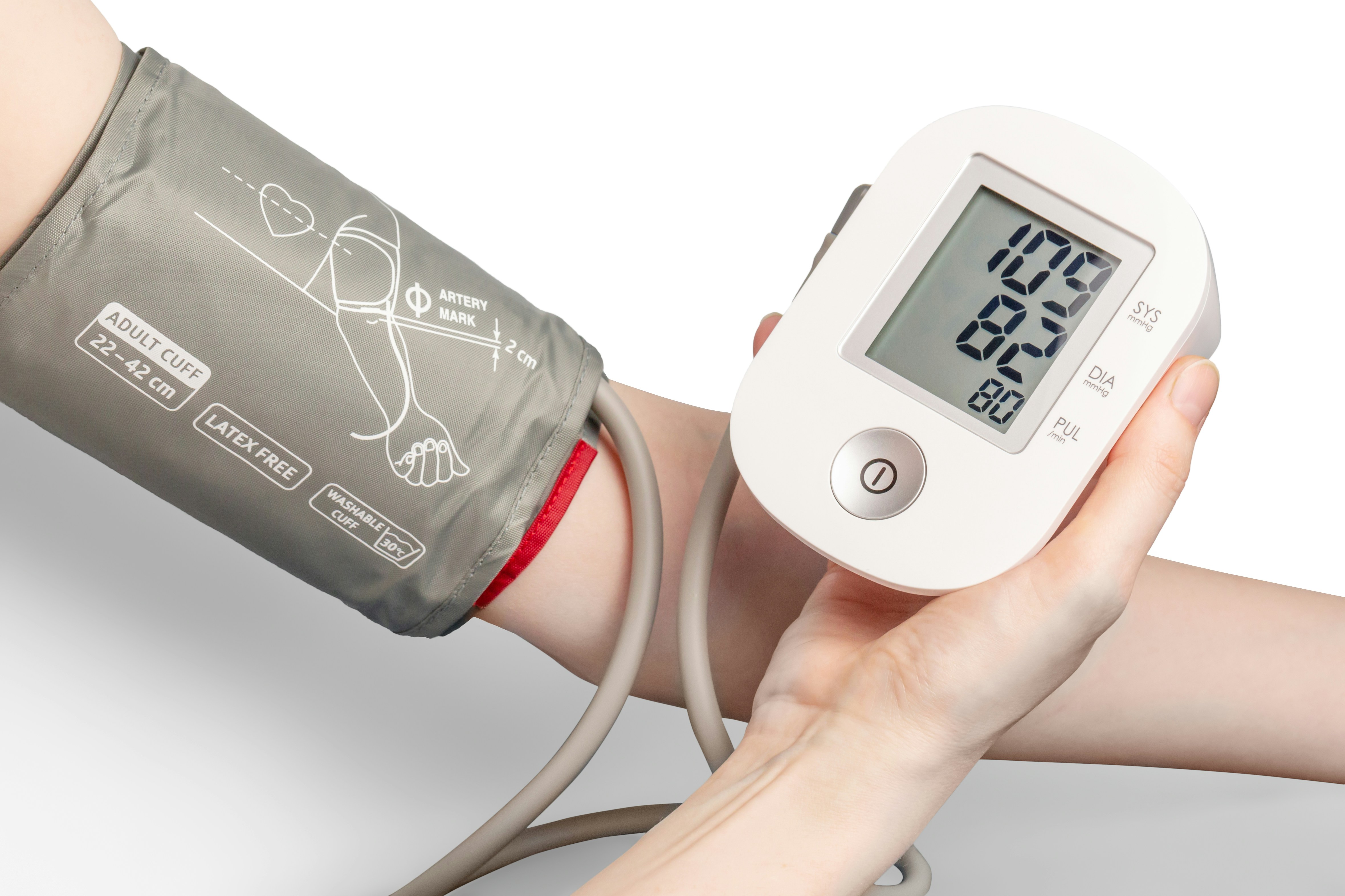The Potential Benefits of Chiropractic Care for People with ADHD
Attention Deficit Hyperactivity Disorder (ADHD) affects millions of children and adults worldwide, making it difficult to focus, control impulses, and manage daily tasks. While conventional treatments like medication and behavioral therapy remain the standard approach, some individuals are exploring alternative therapies, such as chiropractic care, to complement their treatment plans. But how exactly can chiropractic adjustments benefit those with ADHD?
Understanding ADHD and Chiropractic Care
ADHD is a neurodevelopmental disorder characterized by hyperactivity, inattention, and impulsivity. It is often linked to imbalances in brain function, particularly in areas related to executive control and sensory processing. Chiropractic care focuses on optimizing nervous system function by improving spinal alignment and reducing interference in neural pathways.
Chiropractic adjustments aim to correct misalignments in the spine, known as subluxations, which can impact the nervous system. Since the brain and spinal cord are integral to overall neurological function, proponents believe that chiropractic care may help regulate brain activity and improve focus, behavior, and overall well-being in individuals with ADHD.
Potential Benefits of Chiropractic Care for ADHD
- Improved Nervous System Function
The nervous system controls nearly every function in the body, including cognitive processes. Chiropractic care may help reduce nervous system interference, allowing for better communication between the brain and the body. This may contribute to improved focus and impulse control in individuals with ADHD. - Reduction in Stress and Anxiety
Many individuals with ADHD experience heightened stress and anxiety. Chiropractic adjustments can help regulate the autonomic nervous system, promoting a state of relaxation and reducing symptoms of hyperactivity and restlessness. - Better Sleep Patterns
Sleep disturbances are common in those with ADHD. Chiropractic care has been linked to improved sleep quality by alleviating tension in the nervous system and promoting relaxation. Better sleep can enhance cognitive function, emotional regulation, and attention span. - Enhanced Brain Function
Some research suggests that spinal adjustments may influence brain wave activity, particularly in areas associated with attention and impulse control. This could potentially lead to improved concentration and behavioral regulation.
Conclusion
While chiropractic care is not a standalone treatment for ADHD, it may serve as a complementary therapy for individuals looking to optimize their overall well-being. As with any alternative approach, it is essential to consult with a healthcare professional before incorporating chiropractic care into an ADHD treatment plan. With continued research and individualized care, chiropractic adjustments may offer a natural and holistic way to support those managing ADHD symptoms.










